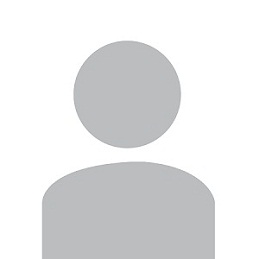Because of the strong growth of the business and rising amounts of expertise in the eCommerce industry, the popularity of PIM frameworks is increasing rapidly. On the other hand, COVID-driven digitalization has also led to a rise in the utilization of PIM tools to some very noticeable extent. Despite being a new concept, Product Information Management (PIM) is playing an influential part in business and Information Technology.
If we talk about an online business that sells products through multiple channels, the product information performs the role similar to the sales representative. The risk of a loss of a potential sale or excess returns increases if the product information is misleading, so it is a crucial part of the business to manage your product information precisely and accurately. But performing it manually might be time-consuming and can create a lot of mess with the database if you miss any of the minor operations. Hence to avoid such situations and let your business sell, it is important to manage this data. And further, in this blog we are going to discuss the tool which helps manage your product information; that is PIM.
So before we start understanding what exactly a PIM tool is I’d highly recommend you acknowledge the article on why one's business needs PIM?
What is a Product Information Management (PIM) tool?
A PIM tool is an information management software solution for products as referred by its name; that allows merchants and manufacturers to access their data from a centrally integrated database. This database offers unified information on all the products. It gathers, organizes, and optimizes the information on all the products included within it. It offers much more than just being a single point of truth which includes centralizing the Product Data Management.
Or in simple words, we can define PIM as an effective method or tool for managing all the product information you need to market your products and sell them through multiple channels.
PIM systems are an integral component of an IT architecture since they connect internal product data sources with external sales channels. Besides, customer sophistication has been one of the important reasons for the growth of PIM. Being an artery of communication along with a centralized database, PIM is aiming to provide up-to-date information about the entire product line, which is then distributed amongst retailers, wholesalers, and customers. Furthermore, retailers can choose to set amongst different currency modes, which ultimately enhances the customer experience, eliminating delays in conversion.
PIM is a well-structured database for holding all types of product information that may be required by the various department of a company, as mentioned below:
- Basic Information (Name, SKU, ID, Weight, etc)
- Marketing Information (marketing descriptions, marketing features, keywords, metadata)
- Pertinent Information (technical specifications)
- Information on Sales (prices, customer reviews)
- Specific information is on multiple channels
- Digital Resources (not always)
- Classifications (categories, catalogs, labels, tags, etc)
- Specific information (translations, country-specific data, etc).
PIM systems can be either cloud-based or on-premises. Cloud-based PIM systems, like CatalogsBuilder; as their name implies, are accessed from the cloud, so there is no need to install them locally. Providers maintain and update the systems automatically. Unlike online PIM, on-premises PIM systems require local servers. The maintenance and updating for the same are also performed locally. Apart from these, there are other PIM systems that are web-based that can be accessed from both the cloud and one's own local server.
Are you interested in learning more about PIM Systems?
In B2B a manufacturer's primary objective is to facilitate his wholesale partners' lives by sharing product information. The CatalogsBuilder’s PIM system is well suited to meet such a need. Detailed product information is available to wholesalers and retailers immediately through the system. By using a PIM, sales channels can be utilized more effectively, and products and descriptions can be brought to market more cheaply and quickly. Now I think you might have understood how PIM can benefit your business and are willing to implement the same tool for your business, feel free to contact one of our specialists, where you'll be getting all the PIM-related answers from selecting to implementing or how it would be beneficial for your business environment. Our team will assist you with whatever would be the best fit for your business with relevant industry expertise.
If you still have any specific questions not answered yet, you can always reach out to us at info@catalogsbuilder.com









Garima Shah
How can a PIM system benefit wholesalers, retailers, and ultimately the customers?